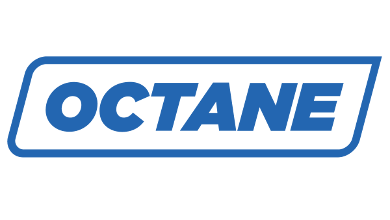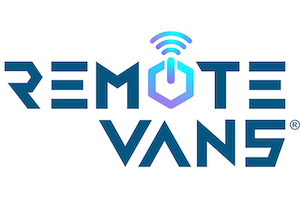Calculate Your Ideal RV Parts Inventory Levels To Boost Profit
Discover how small adjustments to your parts and accessories inventory can increase gross turns and deliver profit gains.

You may have noticed that November’s issue of RV PRO provides information related to jacks and levelers for your customers’ RVs. My column also relates to levels — of your parts and accessories inventories.
WHAT Amount of Inventory?
Perhaps you might be asking: How can I determine what the overall dollar value of my parts and accessories inventories should be? To assist you with this determination, I am offering my CGA Circle Tool, which I developed in the previous millennium.
The CGA letters represent the words:
- COST OF SALES (COS) for the inventory for 12 months
- GROSS TURN of the inventory over the same year
- AVERAGE COST of the inventory for the same 12months
The inserted figure shows the CGA Tool with three colors representing each of the three terms/factors. This CGA Tool can be used to calculate each of the three terms/factors if you know two of them.
To use the tool, you select the term/factor you want to calculate and cover that factor with your finger. Since we are discussing the inventory level, you will cover the “A” — average cost of the inventory for the 12-month period in question. The CGA Circle Tool indicates that you divide the C (COS for 12 months) by the G (gross turn desired).
Assume that your total COS for those 12 months = $636,000 and that you would like to achieve a gross turn of four (4). $636,000 ÷ 4 = $159,000, which is the calculated average inventory level. Using this simple example as a guide, you can determine the average level of your parts and accessories inventories.
To do this, you will need the total COS for your inventory for a 12-month period and the desired gross turn that you wish to achieve for that inventory. If you record the data for your parts and accessories inventories separately, you can determine the desired average level for each of those inventories.
If you have separate groupings for portions of your parts and accessories inventories, you could calculate the average level for each of these groupings. For instance, you might have placed all items related to water (waste and drinking) systems in one group and another set of items related to maintenance of the RV in another group. This would assist you in establishing average inventory levels for each of these groups.
I use the term “average” inventory level because your inventory will fluctuate between higher and lower values throughout the 12 months. This is due to several events, such as purchasing for the start of a season, purchasing to achieve special discounts and payment terms, and for high and low levels of customer purchases. This is also why you should track your inventory performance based on a rolling 12-month period.
Gross Turn & Profit Gains
In the previous calculations, I used the gross turn goal of four (4). If you have been reading my columns for a few years, you will recall that I suggest an achievable gross turn goal greater than four (4) is possible. To assist my clients in understanding how gross turn impacts gross profit, I have developed an Excel tool to calculate the increased gross profit to be derived by increasing your gross turn — with all other factors remaining constant. Here are some numbers in an example to demonstrate the benefit of increasing your gross turn.
Assuming:
- Inventory Cost On-hand = $182,500
- Current Gross Turn = 2.76
- Gross Profit % = 31
Yields: Gross Profit of $226,300
Increasing the gross turn to 5 increases the gross profit to $409,963.77, which is an increase to the gross profit of $183,663.77!
If this interests you, please email me and request the Excel tool.
Reduce Slow-Moving Inventory To Free Up Cash
Ready for some more suggestions for calculating your inventory level and possibly increasing your gross profit while also enhancing the breadth of your parts and accessories inventory?
How much SMI (slow moving inventory) is currently occupying space in your storeroom or in your display fixtures and tying up capital that could be invested in new products that you noticed in an edition of RV PRO?
Using the same Excel tool, you could calculate the amount of dead inventory that could be eliminated and possibly used to purchase goods that are in demand. If we assume that 27% of the inventory in the previous example is SMI, then by posting that percentage in a cell, we determine that $49,275 is SMI. This money could either be realized as earned income by eliminating the SMI or it could be invested in items that your customers are currently demanding or might be purchasing if these items were on display.
This increase to the breadth of your parts and accessories inventories provides an opportunity to increase your gross sales, your gross profits, and to enhance your customers’ service experiences because they have a broader selection of goods to purchase without having to have them special ordered.
If you decide that the additional $49,275 is not needed to purchase new or additional inventory, then your average inventory level could be $133,225. Using this new inventory level and keeping the other factors used in the previous section, we can calculate these values:
- Inventory Cost On-Hand = $133,225
- Current Gross Turn = 2.76
- Gross Profit % = 31
Yields: Gross Profit of $165,199
Increasing the gross turn to 5 increases the gross profit to $299,273.55, which is an increase to the gross profit of $134,074.55!
Have I piqued your curiosity?
Now What?
As with many of my suggestions to improve your parts and accessories inventory performance, you will need to make some changes to how those inventories are managed. I have offered some tools, so now it’s your turn to apply them — or not.



